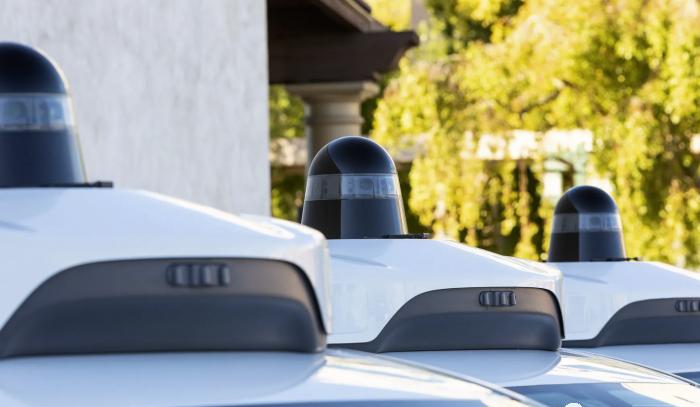▼
Follow the video number to discover more exciting
AVIA, the self-driving auto industry's top lobby group in Washington, D.C., is rebranding, abandoning the term "autonomous driving" in favor of a more direct name. The group was founded in 2016 by Waymo, Ford, Lyft, Uber and Volvo to lobby lawmakers to pass legislation that benefits its members. Since then, it has grown to include the country's top AV operators, including Cruise, Aurora, Argo AI, Motional, Nuro and Zoox.
It's the latest move in the AV industry to move away from the term "autonomous driving," which many observers interpret as acknowledging Tesla's impact on the public. Tesla sells a feature called Full Autopilot, a beta version of an advanced driver assistance system that can control some of the car's features on local roads but still requires human supervision. Self-driving cars, by contrast, are cars that can run on public roads without any human intervention or supervision.

To be sure, the lobby group didn't mention Tesla in its announcement, but it did say its new name is more in line with members' commitment to be precise and consistent when industry, policymakers, journalists, and the public talk about self-driving technology. The association recently called on all stakeholders to make a clear distinction between autonomous driving and driving assistance to increase consumer trust and understanding. AVIA advocates autonomous vehicles, which perform the entire driving task. Self-driving cars don't require human operators or even act as backup drivers, with only passengers or cargo on board.
A year ago, Waymo announced that it would stop using the term "self-driving cars" to describe its fleet in an effort to use more deliberate language in its marketing, education and promotional materials. A few years ago, Waymo considered developing an advanced driver assistance system, such as Tesla's "full autopilot" version of Autopilot, but ultimately decided not to do so because it was so shocking to the negative impact on drivers that drivers would doze off on the steering wheel as a result.
There is now an increasing urgency to standardize the language that will describe autonomous driving. Ford has come out to support standardized visual cues that self-driving cars can use to convey schematics to pedestrians, cyclists, and other drivers. At the same time, critics continue to lash out at the five levels of automation defined by the Society of Automotive Engineers, the global standard for autonomous driving, as being too broad and potentially dangerous. Most experts agree that a better, more unified way to talk about self-driving cars is needed.